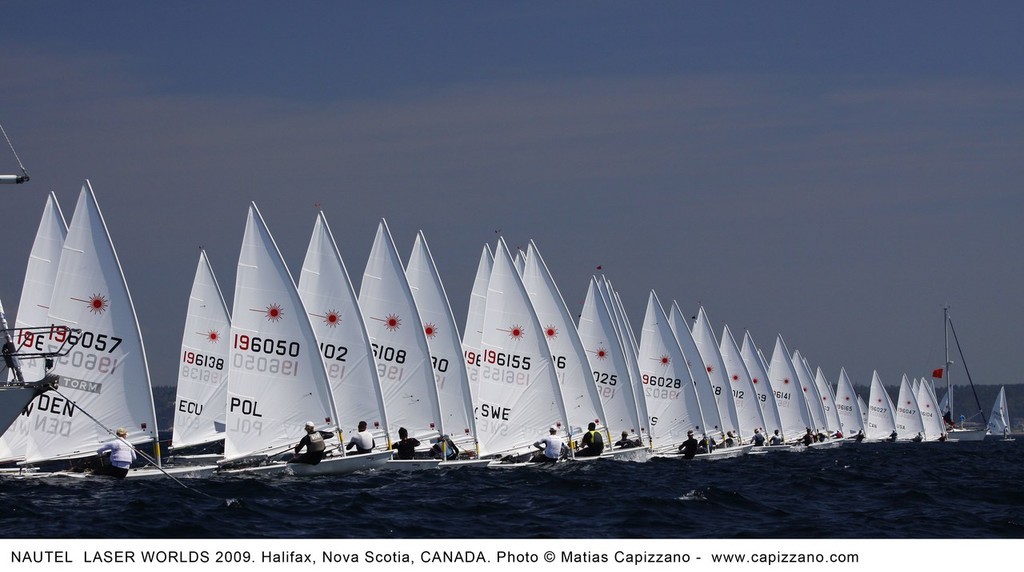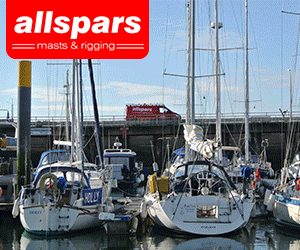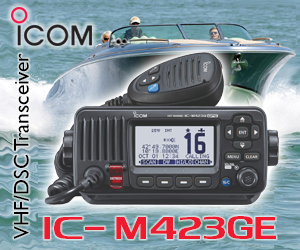Interview with Bruce Kirby – the designer of the Laser - Part Two
by Rob Kothe Sail-World.com on 28 Mar 2010

2009 Laser Worlds - another start line Matias Capizzano
http://www.capizzano.com
This is part two the in depth interview Sail-World recently did with now 80 year old Bruce Kirby, the Canadian born Olympic Finn sailor who designed the Laser in 1969, in collaboration with Montreal based industrial designer and boat builder Ian Bruce. 40 years on, the numbers of Lasers built is closing on 200,000.
Kirby continues 'The Laser started with a phone conversation in 1969. I was here in Connecticut and Ian Bruce called me from Montreal. He was an industrial designer before he was a boat builder and he had a contract to do a bunch of things for an Outdoor Equipment Company, and one of the things they wanted was a car topper sail boat.
'So he called me and said ‘how about doing a car top sail boat for these people?’ He’d warned me that it might never happen and they might not go ahead with it.
'While we were talking on the phone, I was doing a sketch on a piece of yellow legal paper.
'But then I went to the drawing board and did a proper naval architectural design process with displacement. I decided on a water line displacement with one 185 pound person on board and did all the normal numbers on prismatic coefficient and the sail area displacement ratio and that type of thing.
'A lot of people say the boat was designed on a napkin; the fact is it was designed on Mylar drafting paper on a drawing board in the proper way.
'The working name for the boat, which seemed to work for a car topper, was the Weekender.
'We couldn’t think of a name that seemed appropriate to the boat; but that was much later. This sketch thing happened in October of 1969, and then these people who thought they wanted the car topper decided not to go ahead with that.
'I had a note to Ian, someplace, saying hang onto that little boat design I sent you because it might make us a buck some day... I was 'sort of kidding'.
'About a year later; I was editor of Sailing World for ten years, or Yacht Racing back in those days; Yacht Racing decided to have a regatta for boats costing under $1000 and we called it the America’s Teacup regatta.
'It was held at the Playboy Club on Lake Geneva in Wisconsin and that was colourful.
'When the magazine decided to have this regatta I called Ian and said ‘remember that little boat I did for you last year? Could you build one because this Teacup regatta would be a perfect way to introduce it if we have any interest in doing anything with the design?’
'He already had a little boat builder shop because he was building my Mark 3 International 14 at the time on the side. So he said ‘yeah, we can give it a whirl’, and he got the first boat built just days before the regatta.
'He headed for Wisconsin from Montreal and he picked up Hans Fogh in Toronto along the way, and Hans had to sail with him. The sail had never been on the mast and the mast, I don’t think, had ever been in the boat.
'I flew out to the Playboy Club and met them there and we stuck together on the beach.
'The first time the boat ever sailed was in Lake Geneva, Wisconsin.
'Hans Fogh sailed it. Ian and I were both Finn sailors and we both weighed about 195 pounds. Hans was about 160 and at that time and we thought a little boat like this requires a lighter person.
'It was very fortunate because it turned out to be an exceptionally light air series and Hans, as a sail maker, was exactly the right guy to sal it. He recognised right away that the boat had too much weather helm, and there were two or three other little things as well.
'He recut the sail that night at Buddy Melges loft after the first day’s racing, and the he sailed it the next day and it was better; but then the regatta flunked out a bit because of lack of wind.
'But we did end up being tied for first in the performance class. It was another little boat from California that did quite well, a thing called a Wind Surfer, and we thought it might have a future too.
'That’s where it all began and that was October of 1970. It was obvious that we had something pretty good on our hands so we worked very hard.
'Ian was the point man because he was a builder in Montreal.
'Hans and I had our input and a few other people who were sailors and friends of Ian’s sailed the boat, including at least one woman, to see how much sail we should put on the boat and what cross section of people might be able to sail it.
'We ended up with exactly the same sail area that I’d started with originally, but we moved the mast forward. Ian did most of this work because in those days we could hardly afford a phone call, let alone an aeroplane trip to Montreal.
'It took about a month and he worked very hard; it was a major contribution to the whole project.
'I’ve designed about 65 boats and you always have to work closely with the builder. Ian was one of the easiest builders that I’ve worked with because he’s a damn good sailor himself and we’d known each other for years; and Hans too.
'Hans had sailed Finns and Ian and I both sailed Finns so the whole thing was very fortuitous and the result speaks for itself.
Sail-World. How did the boat get called a Laser?
'Ian found the name.
'I did finally fly up to Montreal because we knew we had 'a tiger by the tail' so it was worth spending a few bucks.
'Hans was there and so was Ian and we all sailed the boat. Luckily we had a weekend with quite a variety of wind conditions; we even had some sleet during the last day.
'It was quite late in the year – I think it was November of 1970 – and that night we were at the Royal St Lawrence Yacht Club. Ian asked a young lad there who was a 14 sailor and a science student at McGill University ‘have you got any ideas for a name? We’ve got this boat ready to be produced and we don’t have a name for it yet.’
'Weekender was the only name we had and none of us really thought that was the right name.
'This young lad said ‘why don’t you call it something scientific the young people will identify with?’
'And Ian said ‘do you mean something like Laser?’ And the kid said ‘yeah, that would be a great name’.
'Ian yelled down the table at me ‘how about Laser?’ And I said ‘yeah that sounds pretty good’.
And so it was the Laser...'
In Part 3, the boat progresses and Bruce Kirby talks about what would happen if the same design brief came up in 2009, rather than 1969.
If you want to link to this article then please use this URL: www.yachtsandyachting.com/67961

